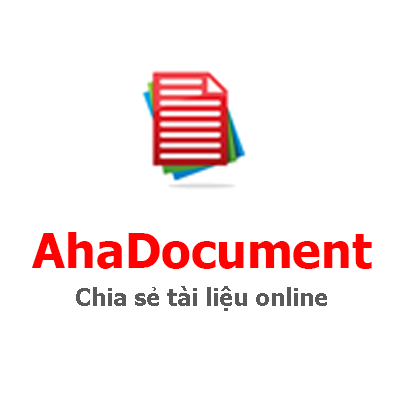Paper code: 01
1/2
Formative assessment (A1.1)
Student name:
Student id:
Answer sheet
1
A
B
C
D
6
A
B
C
D
2
A
B
C
D
7
A
B
C
D
3
A
B
C
D
8
A
B
C
D
4
A
B
C
D
9
A
B
C
D
5
A
B
C
D
10
A
B
C
D
1.
Who issues International Financial Reporting Standards?
a.
The IFRS Advisory Committee
b.
The stock exchange committee
c.
The government
d.
The International Accounting Standards Board
2.
Sales revenue should be recognised when goods and services have been
supplied; costs are incurred when goods and services have been received.
Which accounting concept governs the above?
a.
The business entity concept
b.
The materiality concept
c.
The accruals concept
d.
The duality concept
3.
Which of the following is NOT a part of financial statements?
a. Statement of financial position
b. Statement of director notes
c. Statement of financial performance
d. Statement of cash flows
4.
Which of the following best explains what is meant by 'capital expenditure'?
a.
Expenditure on non-current assets, including repairs and maintenance.
b.
Expenditure on expensive assets.
c.
Expenditure relating to the issue of share capital.
d.
Expenditure relating to the acquisition or improvement of non-current assets.
5.
Which of the following statements describes current assets?
a.
Assets which are currently located on the business premises.
b.
Assets which are used to conduct the organisation’s current business.
c.
Assets which are expected to be converted into cash in the short-term.
d.
Assets which are not expected to be converted into cash in the short-term.
6.
Which ONE of the following statements correctly describes the contents of the
Statement of Financial Position?
a.
A record of income generated and expenditure incurred over a given period
b.
A list of all the assets owned and all the liabilities owed by a business
c.
A record of the amount of cash generated and used by a company in a given
period
Paper code: 01
2/2
d.
A list of ledger balances shown in debit and credit columns
7.
A business's net profit for the year may be computed by using which of the
following formulae?
a.
Closing capital + drawings – capital introduced – opening capital
b.
Opening capital + drawings – capital introduced – closing capital
c.
Opening capital – drawings + capital introduced – closing capital
d.
Closing capital – drawings – capital introduced – opening capital
8.
A sole trader who keeps no accounting records provided you with the following
information:
Net business assets 1 July 20X0: $372,000
Net business assets 30 June 20X1: $548,000
Cash drawings by proprietor during the year: $98,000
Additional capital introduced by proprietor during the year: $120,000
Using above information, what is the trader's profit for the year ended 30 June
20X1?
a. $154,000
b. $126,000
c. $86,000
d. $90,000
9.
Which of the following documents should accompany a credit sale transaction of
a business?
a. Credit note
b. Sales receipt
c. Sales invoice
d. Debit note
10.
Which of the following statement is correct about imprest system for petty cash?
a.
The petty cash is kept constant by a series of topping up during the period for
the paid-out amounts.
b.
The petty cash is kept at an agreed sum and the topping up amount at the end
of the period is equal the amount paid out in the period.
c.
The petty cash is kept at business as low as possible to prevent any theft or
fraud.
d.
The petty cash is kept to maintain fixed amount of cash at the business at any
time of the operation to fulfil any small cash expenditure.
THE END


.png)
